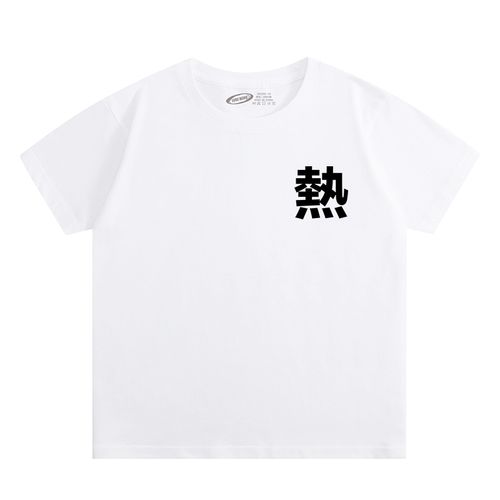The fine workmanship of men’s clothing needs to go through the following main processes:
1. Design and proofing: First of all, designers need to follow the trends and consumers Need to design men’s clothing styles and styles. Then, prototypes are made based on the design draft, a process called proofing. Proofing is the initial verification stage to ensure the style and tailoring of the garment.
2. Fabric selection: Choosing the right fabric is crucial to the quality and comfort of men’s clothing. Determine the characteristics and needs of the fabric based on the design draft, including the texture, elasticity, breathability, etc. of the fabric. It is usually necessary to work with suppliers for fabric procurement.
3. Cutting and sewing: Cutting and sewing are one of the most critical aspects of men’s clothing production. First, according to the sample clothes and fabrics, the fabrics are cut into corresponding parts according to the designed size and shape. The individual parts are then sewn together using a sewing machine to create the finished product. This process requires a high degree of skill and experience to ensure precision and quality in cutting and sewing.
4. Highlights and detail processing: The fine workmanship of men’s clothing also includes bright decoration and detail processing. This includes decoration and processing of collars, cuffs, pockets, etc., such as adding buttons, zippers, embroidery, embroidery, etc. These details can enhance the overall texture and quality of men’s clothing.
5. Exquisite ironing: Ironing is an indispensable process in the production of men’s clothing. After sewing is complete, ironing men’s clothing can make it flat, soft, and fit the designer’s intent. Perming involves using irons and steamers to treat various parts of men’s clothing to achieve the perfect finish.
6. Quality inspection and packaging: Finally, men’s clothing needs to undergo strict quality inspection to ensure that every piece of clothing meets quality standards. Any defects or blemishes need to be repaired or removed promptly. The men’s clothing is then packaged for storage, shipping and sale.
These are the main processes for the fine workmanship of men’s clothing. Each link requires professional skills and experience to ensure the quality and sophistication of men’s clothing. After beginners have mastered basic cutting and sewing skills, they still need to continue to learn and practice, communicate and share experiences with experts in the industry, and improve their skills.





